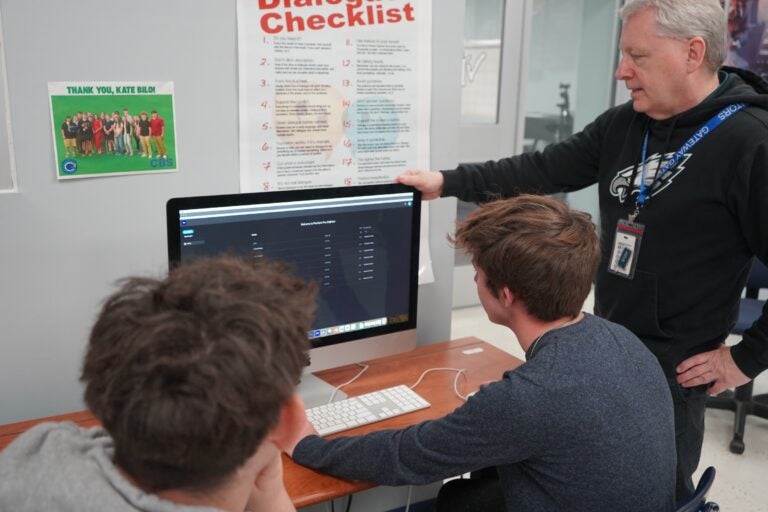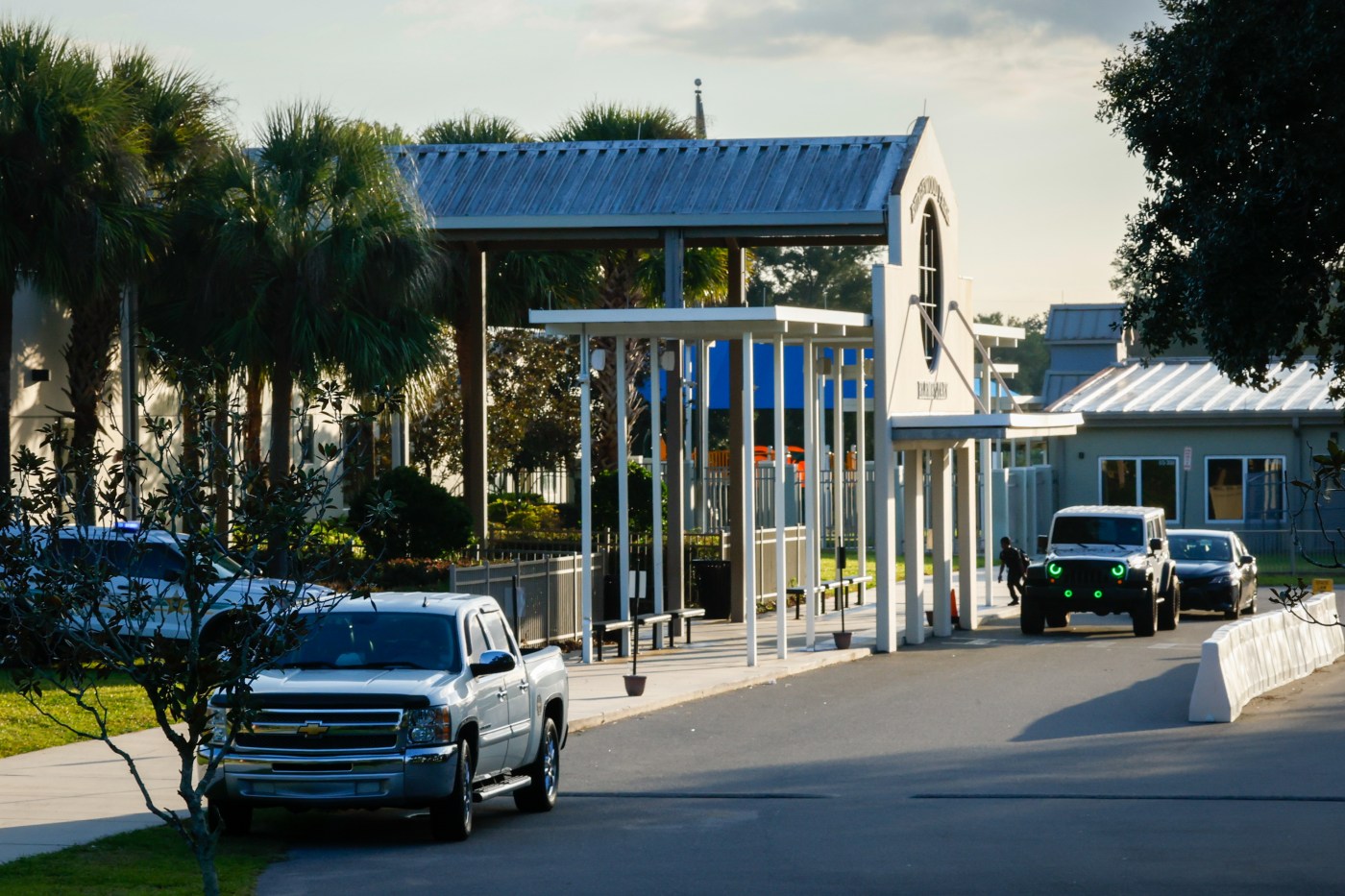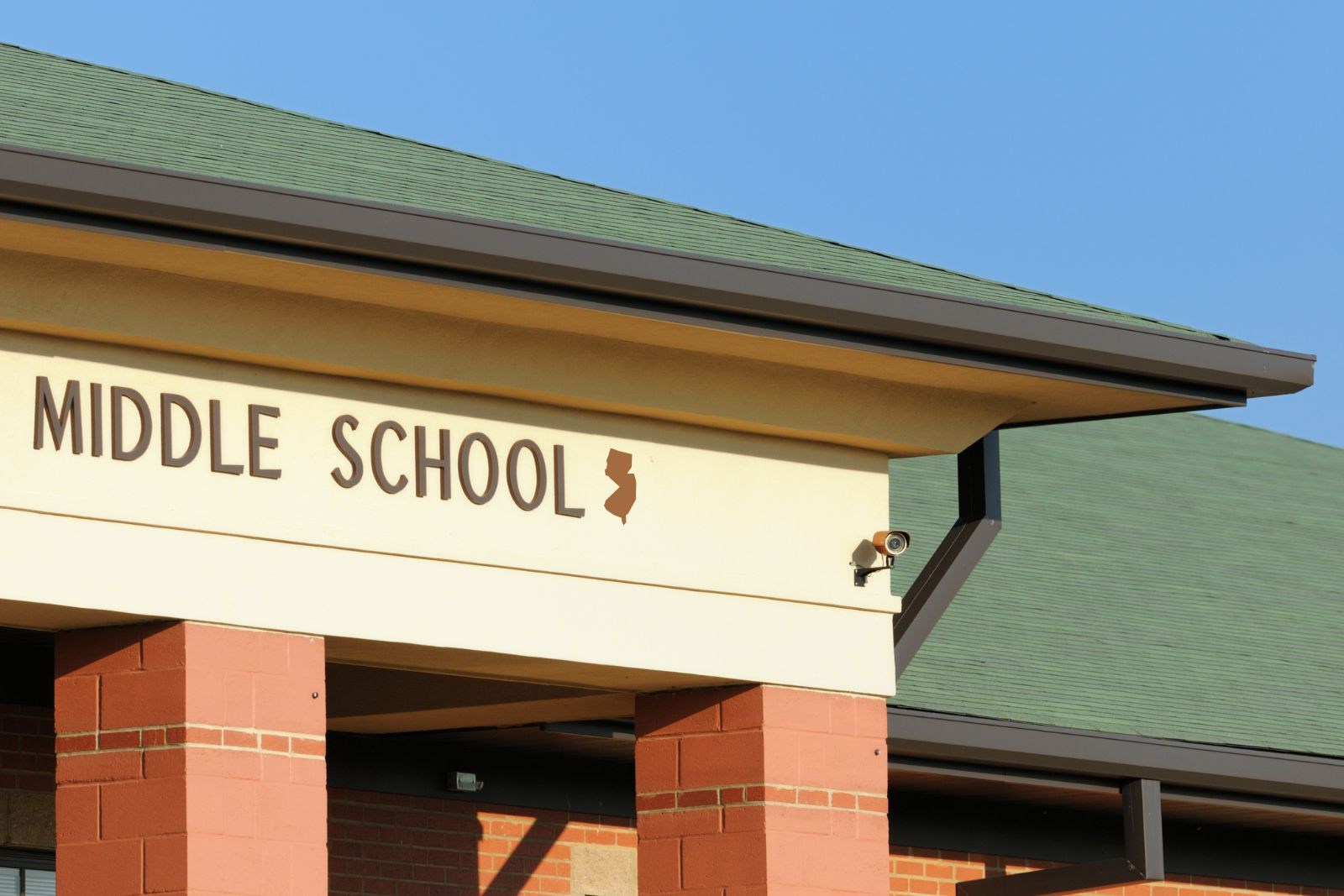Educators in New Jersey are increasingly integrating generative artificial intelligence into classroom settings, acknowledging its growing presence in education. Reports indicate a significant rise in both teacher and student engagement with AI tools during the 2023-2024 academic year, prompting schools to reconsider their initial reservations.
At Gateway Regional High School in Gloucester County, Guy Pridy, a television broadcasting teacher, expressed an initial reluctance towards AI. “My first reaction was ‘no, no, no,'” he stated. Yet, his perspective shifted after just a brief period of exploration. “I wanted to see if it would be something that could create end products similar to what I or my students would produce.”
According to a report from the Center for Technology and Democracy, AI usage among teachers in New Jersey increased from 51% to 67% between the previous and current school year. Similarly, high school student usage rose from 58% to 70%. This trend indicates that even when educators advise against its use, students are still engaging with the technology.
Amy Allen, an assistant professor at Virginia Tech’s School of Education, emphasized that allowing students to use AI provides teachers with the opportunity to guide their learning. “When teachers say you can use it, then that actually gives the teachers a little bit of freedom to help them learn how to use it,” she noted.
The New Jersey Department of Education has also taken steps to support this shift by awarding grants to several school districts for AI initiatives. One such recipient, the Lawrence Township School District, received $75,000 to develop strategies that promote responsible AI usage among students while keeping educators informed about emerging technologies.
“It’s almost like a pendulum swing,” remarked David Adam, principal of Lawrence High School, regarding the change in attitude towards AI. “It’s not going anywhere, and it’s something your kids are going to need to be prepared for.”
Creative Uses of AI in Classrooms
Educators are finding innovative applications for AI in their teaching methods. For example, Pridy introduced AI in a lesson on storyboarding. “We created storyboards in the normal way, and then we created storyboards using AI,” he explained. The results were impressive, with one student crafting a humorous script involving anthropomorphized cats receiving pizza deliveries from a unicorn, showcasing the creative potential of AI in storytelling.
In addition to classroom projects, students are utilizing AI for various extracurricular activities. In Lawrence Township schools, students have begun employing the technology for productivity and organization, reflecting its expanding role beyond traditional academic boundaries.
Alora Robbins, a senior at Gateway Regional High School, shared her mixed feelings about AI’s role in creativity. While she uses it to organize her notes, she opposes its application in art, believing it undermines personal creativity. “It diminishes the ability to actually create things on your own,” she stated. Her classmate, Oliver Crumrine, takes a different approach, using AI as a tool for artistic projects. “I am terrible at art,” he admitted, finding it easier to generate artwork through AI, which frees up time for other project components.
Establishing Guidelines for AI Usage
As schools navigate the complexities of incorporating AI, experts stress the importance of establishing clear protocols. Allen encourages educators to ask critical questions about the technology’s role in the classroom. “If you can’t answer those questions, then really think twice about whether it’s a good application of generative AI,” she advised.
She highlighted the ethical concerns surrounding AI, particularly when it comes to historical representation. During a demonstration, Allen and her colleagues asked an AI chatbot to respond as if it were Anne Frank. The generated responses included inaccuracies that underscored the limitations of AI in representing historical figures. “That’s a complete collapse of time; there’s no way that she could have known that information,” Allen noted.
This ongoing exploration of AI in New Jersey schools reflects a broader trend in education, as institutions grapple with the implications of emerging technologies on student learning and creativity. With AI firmly establishing itself as a significant educational tool, schools are beginning to adapt their strategies to ensure students are well-prepared for a future increasingly influenced by artificial intelligence.







